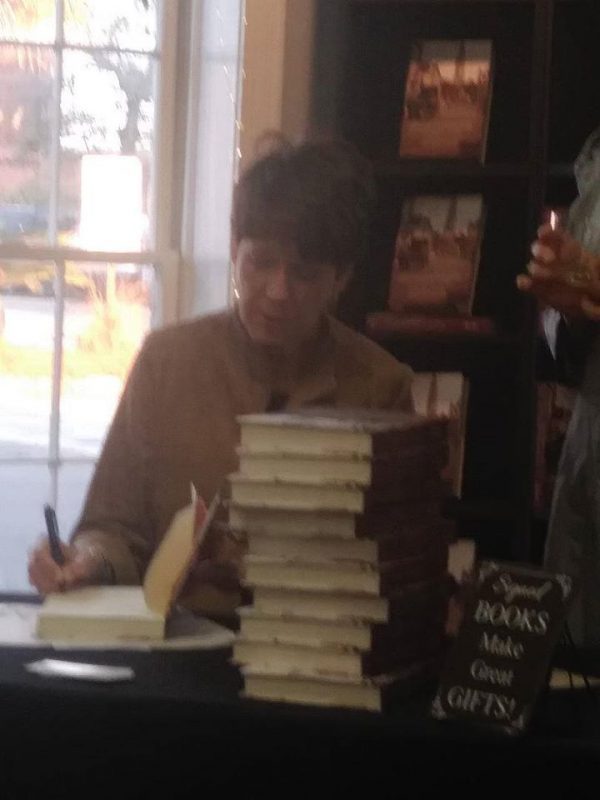This presentation is a journey to Charleston after the Civil War and into the twentieth century, as portrayed by its visitors, including such luminaries as William Dean Howells, May Sarton, and Norman Rockwell. Just as the Civil War was ending, northern journalists descended on Charleston to write about the ruin of the city from the war. Subsequent travelers allow us to observe Reconstruction and the condition of the newly freed slaves. From there, we witness a time when the region was promoted as a picturesque, exotic paradise, and into the Jim Crow era. After a long period when all of Charleston was impoverished (and aristocratic locals fiercely proud), we travel through time to the South Carolina Interstate and West Indian Exposition in 1901, through World War I, across the Jazz era, and to World War II. And through this journey, Charleston never fails to fascinate. Implicit is the eventual creation of tourism, which ultimately evolved from the creation of a mythology from the past, envisaged by the descendants of old Charleston families. This mindset by locals resulted in the founding of cultural institutions that ultimately led to tourism, as a means of the city’s very survival. However, not all writers were complimentary. As Bill Thompson noted in the Charleston Post and Courier, “There are also vivid contrasts in how many visiting writers defended (or tolerated) that mythology — tending to extol the gentility of the Charleston aristocracy — with a far fewer number who deliciously, sometimes viciously, debunked it.” This is an overview of the city’s trajectory after “The War,” with all its tragedy, color, eccentricity, and controversy – warts and all. Yet, as well, this is Charleston in all its magnificence as a city that remains utterly unique.
A general reading and discussion of Sojourn’s in Charleston, followed by Q&A
Presented by
